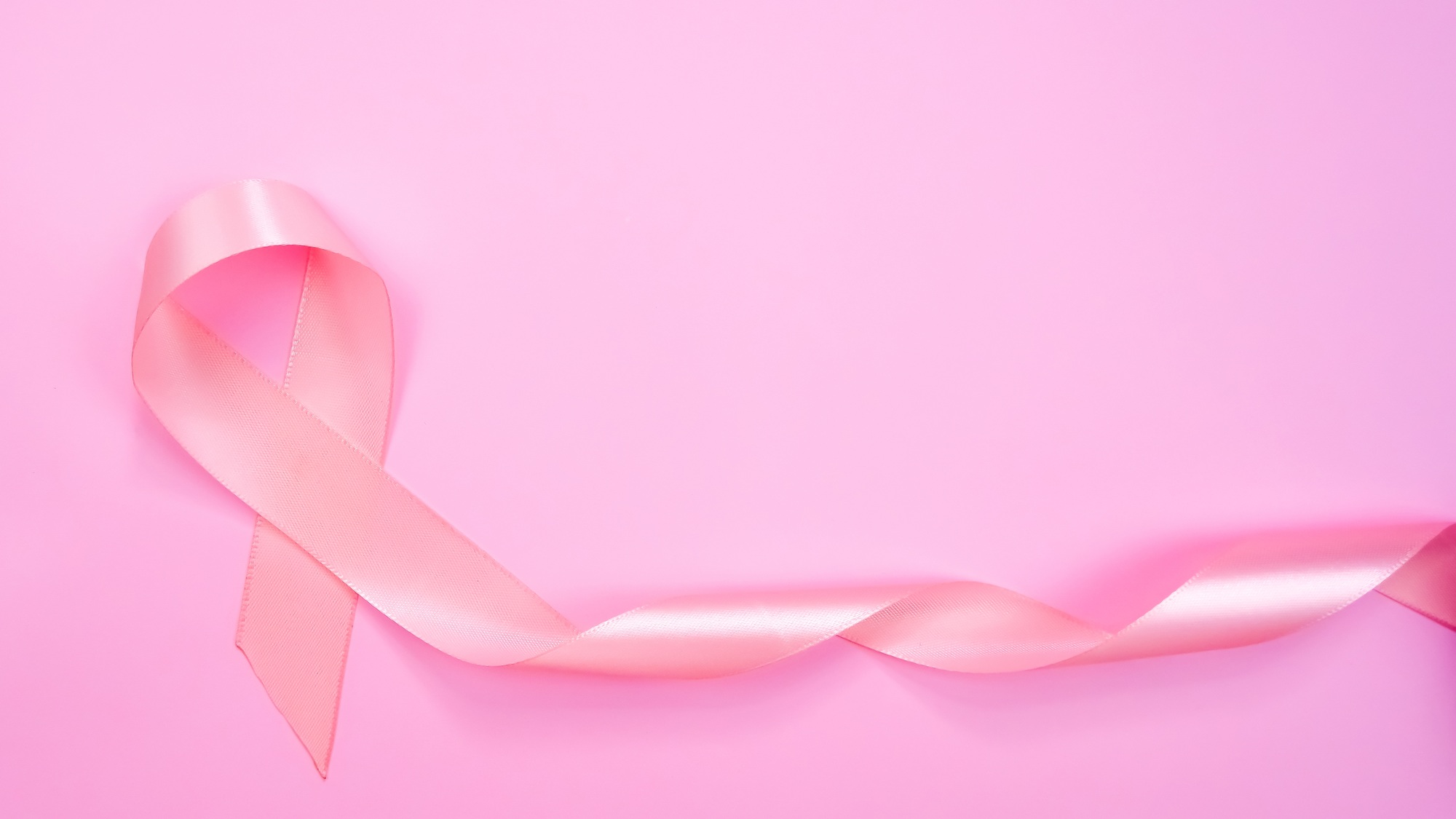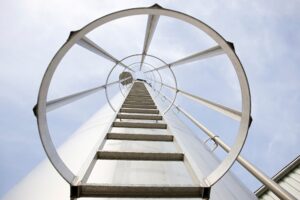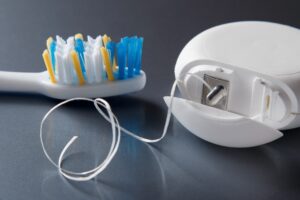Did you know that 1 in 8 women in the United States will develop breast cancer during their lifetime? It’s a staggering statistic and a strong reminder of why awareness and early detection are so critical.
Early detection saves lives, making regular breast cancer screenings essential. Whether you’re new to the idea or already familiar with the process, this guide will walk you through the basics every woman should know.
Self-Exams: Know Your Body
Performing regular self-breast exams is a simple yet effective way to familiarize yourself with how your breasts normally look and feel. Here’s how you can do it:
- Start in the Shower: Use the pads of your fingers to feel for lumps or unusual changes in the tissue.
- Check in Front of a Mirror: Look for any visual differences, like changes in size, shape, or skin texture (e.g., dimpling or redness).
- Lie Down for a Deeper Check: While lying down, use your fingers to press on your breast tissue in a circular motion from the outside to the center, covering the entire area.
What to look for:
- Lumps or thickened areas
- Nipple discharge (especially if it’s bloody or clear)
- Pain in one specific spot
- Unexpected changes in size or shape
Don’t be alarmed if you notice something unusual—many changes are not cancerous, but it’s always best to check with a healthcare provider.
Clinical Breast Exams
This is a physical exam performed by a healthcare professional during your regular checkup.
What to expect:
- They’ll examine your breasts and underarms for lumps, abnormalities, or tenderness.
- They’ll also teach you proper self-exam techniques so you can perform them confidently at home.
Clinical breast exams are typically recommended for women in their 20s and 30s and should be done every one to three years. If you’re 40 or older, your provider might suggest combining them with mammograms for even better screening.
Mammograms: The Gold Standard
If you’ve never had a mammogram, you might be wondering what it’s about. Think of it as an X-ray for your breasts that can detect cancer early—even before you feel a lump. Early detection means more treatment options and a better chance of recovery.
When to start:
Most women should start yearly mammograms at age 40, but if you have a family history of breast cancer, your doctor might recommend starting earlier.
What to expect:
- You’ll stand in front of a mammography machine, and your breast will be gently compressed between two plates. This might feel slightly uncomfortable but only lasts a few seconds.
- A radiologist will review the X-rays for any abnormalities and share results with your doctor.
Mammograms are quick, effective, and needed to catch breast cancer early.
Other Screening Methods
While mammograms are the most common screening tool, there are other options available for women with unique needs or higher risks:
- Breast MRI: Uses magnets and radio waves to create detailed images. Often recommended for women at high risk of breast cancer.
- Ultrasound: Uses sound waves to form images, especially helpful for women with dense breast tissue.
Speak with your doctor to determine which additional tests might be right for you.
Conclusion
Taking charge of your breast health is one of the most empowering things you can do for yourself.
In addition to self-exams, regular screenings, like mammograms, play a huge role in catching issues early when they’re most treatable, and there are other tools like MRIs and ultrasounds for those with unique needs. Remember—your healthcare provider is there to guide you every step of the way.
Stay proactive, know your body, and don’t hesitate to ask questions or address concerns.







